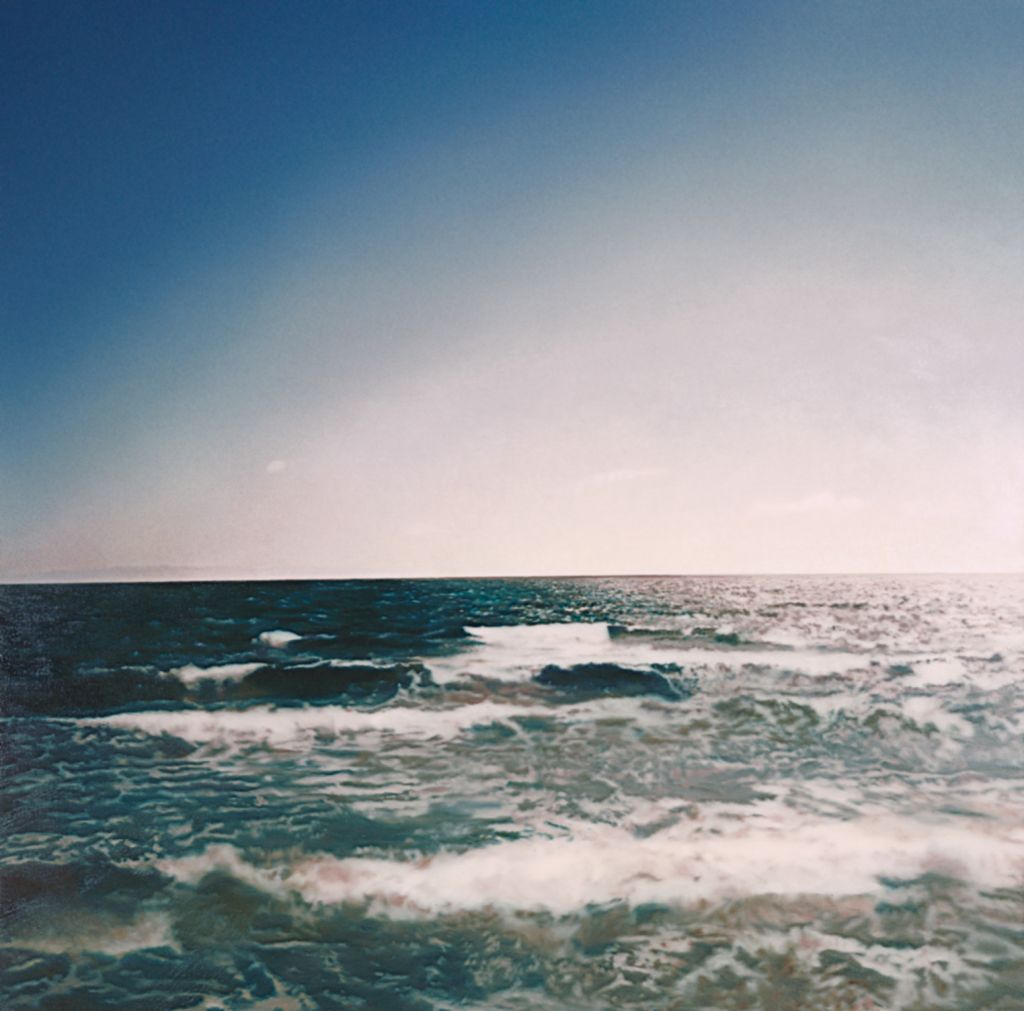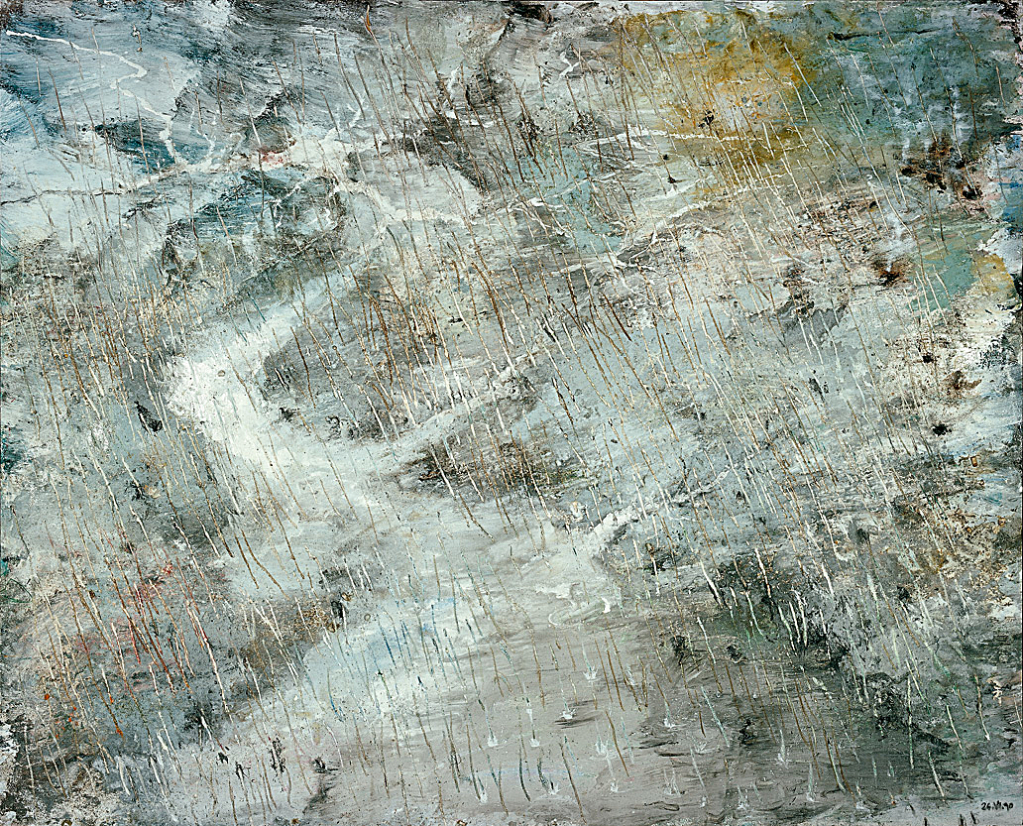Mrs Lenin and the Nightingale
2008Oil on canvasSixteen paintings, 300 x 250 cm each
Georg Baselitz is one of the most prominent European artists of the post–World War II era, whose work continues to serve as a significant reference point for recent generations. His career began in the early 1960s with works that responded to the spiritual, cultural, and social aftereffects of the war in his home country. Already, his earliest paintings were characterized by a return to figuration, linking them to German Expressionist art of the beginning of the twentieth century.
In 1963 Baselitz’s first solo exhibition—at Galerie Werner & Katz in Berlin—caused a scandal, and two of the paintings, The Big Night Down the Drain (Die große Nacht im Eimer, 1962–63, Museum Ludwig, Cologne) and Naked Man (Nackter Mann, 1962), each of which represents a figure with a gigantic erect penis, were confiscated for public indecency. At the end of the 1960s Baselitz began painting his motifs upside down, reorienting the subject in order to reexamine it in a way that subverted traditional compositional rules. The artist explained: "An object painted upside down is suitable for painting because it is unsuitable as an object. I have no notion about the solidity of the depiction. I don’t correct the rightness of the depiction. My relationship to the object is arbitrary. The painting is methodically organized by an aggressive, dissonant reversal of the ornamentation."[1] In the 1970s Baselitz experimented with painting with his hands, and later with his feet, an act that underscored the painted image as a product of the body’s action and not only a conceptual or spiritual creation.
In 2010 the Guggenheim Museum Bilbao acquired Baselitz’s Mrs. Lenin and the Nightingale (2008), a suite of sixteen large-format paintings. The series is based on the repetition of the same compositional structure: two upside-down male figures sitting next to each other, their penises exposed and their hands resting solemnly on their thighs. The compositional motif originates from Otto Dix’s renowned portrait The Artist’s Parents II (Die Eltern des Künstlers II, 1924). As in many of his works, Baselitz refers here to a specific art-historical precedent, reinterpreting it in his own way: in this case, replacing the figures in the original composition with two dictators, Vladimir Lenin and Joseph Stalin, who, in the first half of the twentieth century, caused the loss of millions of human lives. The former is portrayed as “Mrs. Lenin,” wearing a skirt and high-heeled shoes (a reference to his love of disguise), while the latter, known for his singing voice and interest in poetry, is "the nightingale." Baselitz also refers to a poem by the German writer Johannes R. Becher in which Becher describes Stalin as a nightingale.
Each of the sixteen paintings in the series bears an individual title comprising a pun or an enigmatic phrase. None of these titles refer directly to the dictators portrayed, but were inspired for the most part by reflections upon, or encounters with, the work of modern and contemporary artists, including Cecily Brown, Jake and Dinos Chapman, Willem de Kooning, Tracey Emin, Philip Guston, Damien Hirst, Anselm Kiefer, Jeff Koons, and Piet Mondrian, among others.
1. Georg Baselitz, "The Upside-Down Object" (1981), in Detlev Gretenkort, ed., Georg Baselitz: Collected Writings and Interviews (London: Ridinghouse, 2010), p. 60; first published in English and Dutch in ’60–’80: Attitudes/Concepts/Images (Amsterdam: Stedelijk Museum and Van Gennep, 1982), pp. 88 and 234.
Original title
Mrs Lenin and the Nightingale
Date
2008
Medium/Materials
Oil on canvas
Dimensions
Sixteen paintings, 300 x 250 cm each
Credit line
Guggenheim Bilbao Museoa
Perspectives
Mrs Lenin and the Nightingale, by Georg Baselitz
Fashion designer Alejandro Gómez Palomo and curator Geaninne Gutiérrez-Guimarães take a look at the cryptic series of canvases that makes Georg Baselitz’s Mrs Lenin and the Nightingale (2008), an ironic, subversive work whose lights and shadows reflect those in the artist’s inner world.






